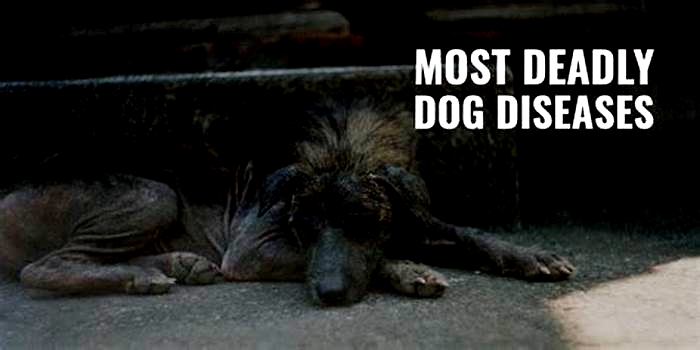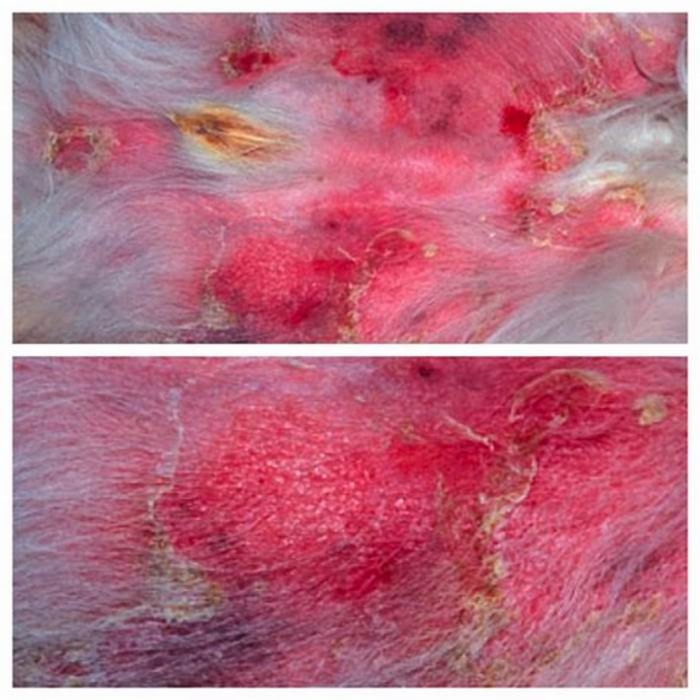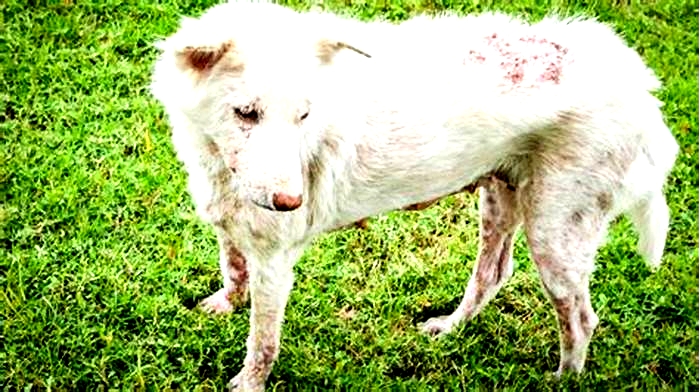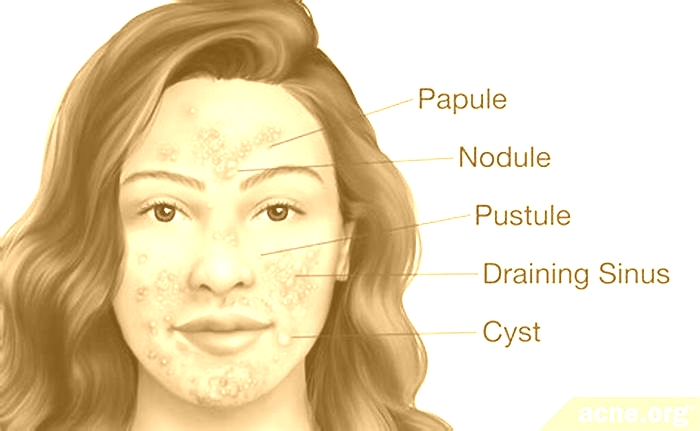Is pyoderma in dogs fatal
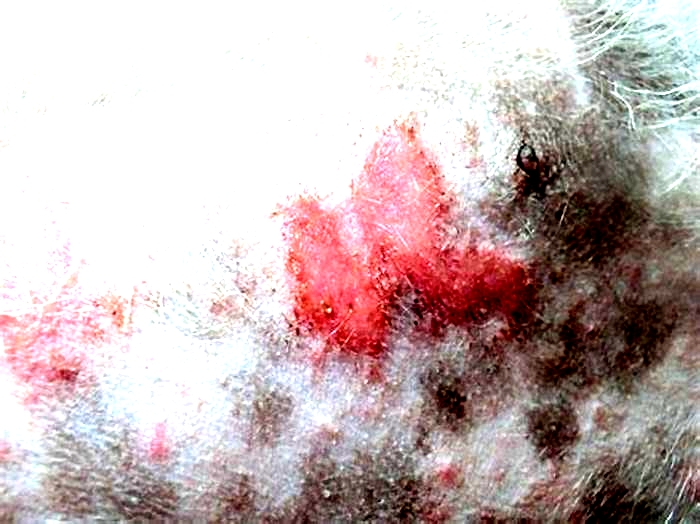
Pyoderma in Dogs
Pyoderma literally means pus in the skin. It can be caused by infection, inflammation, or cancer and is common in dogs.
Most cases of pyoderma are caused by bacterial infections. Most of these are superficial and secondary to a variety ofother conditions, such as allergies or parasites. Pyoderma that occurs in otherwise healthy animals usually resolves completely with appropriate antibiotics. Warm, moist areas on the skin, such as lip folds, facial folds, armpits, feet, and neck folds, often have higher bacterial counts than other areas and are at an increased risk for infection. Pressure points, such as elbows, are prone to infections due to repeated pressure. Any skin disease that changes the normally dry, desert-like environment to a more humid environment can cause overcolonization of the skin with bacteria.
The most common sign of bacterial pyoderma is excessive scaling. Scales are often pierced by hairs. Itching is variable. In dogs, superficial pyoderma commonly appears as bald patches, welts around hairs, and scabbing. Shorthaired breeds often have multiple welts that look similar to hives because the inflammation in and around the follicles causes the hairs to stand more erect. These hairs are often easily removed, which distinguishes pyoderma from hives. Hair loss leads to small bald patches in affected areas. At the margins of the hair loss, there may be redness and welts but these signs are often absent in shorthaired breeds. The signs of deep pyoderma in dogs include pain, crusting, odor, and secretions of blood and pus. Redness, swelling, ulceration, scabs, and blisters may also be seen. The bridge of the muzzle, chin, elbows, hocks, knees, and spaces between the toes are more prone to deep infections, but any area may be involved.
Diagnosis is based on signs. Diagnosis of pyoderma must also include steps to identify any underlying causes. These include fleas, allergies, hypothyroidism, Cushing disease, and poor grooming. Multiple deep skin scrapings are needed to exclude parasitic infections. Bacterial and fungal cultures may also betaken.
The most common causes of recurrent bacterial pyoderma include failure to treat underlying causes, use of glucocorticoid drugs, and inappropriate treatment with prescribed antibiotic medications. You may contribute to a recurrence of pyoderma in your dog if you dont carefully follow your veterinarians treatment directions. Even though your dog may seem better after only a few days or a week, it is still very important for you to continue the prescribed treatment program for the full length of time. The bacteria causing pyoderma can still be present and ready to multiply again if the complete course of medication is not given.
Antibiotic treatment should last for at least 3 weeks and preferably for 4 weeks. All signs (except for hair regrowth and resolution of increased pigmentation) should be gone for at least 7 days before antibiotics are discontinued. Longterm, recurrent, or deep pyodermas typically require 8 to 12 weeks or longer to heal completely. Topical antibiotics may also be used in some cases.
Attention to grooming is crucial. The hair coat should be clipped in dogs with deep pyoderma and a professional grooming is recommended in medium to longhaired dogs with superficial pyoderma. This will remove excessive hair that can trap debris and bacteria and will help grooming.
Dogs with superficial pyoderma should be bathed with a shampoo recommended by its veterinarian. Baths should be given 2 to 3 times per week during the first 2 weeks of treatment and then 1 to 2times per week until the infection clears. Dogs with deep pyoderma may require daily baths with medicated shampoos diluted to one-half or one-quarter strength. Shampooing will remove bacteria, crusts, and scales, and reduce itching, odor, and oiliness. Improvement may not be evident for at least 14 to 21 days, and recovery may not be as rapid as expected. Your veterinarian can recommend the appropriate bathing program for your pets condition. Medicated shampoos usually need to remain on the coat for 10 minutes in order to be effective.
Also see professional content regarding pyoderma.
Pyoderma in Dogs: What You Need to Know
If your dog is experiencing itchy skin, inflamed skin, or flaking, it can be caused by many different things. One of dogs most commonly diagnosed skin diseases is a bacterial infection known as pyoderma. While this condition might seem superficial and easy to treat, its often just the tip of the iceberg and goes below the skin.
Pyoderma in dogs typically masks another underlying condition, so its worth checking out if your dog is experiencing symptoms. Understanding canine pyoderma could help your dog receive prompt diagnosis and treatment, which can prevent recurring infections and more serious and ongoing illnesses.
What Is Pyoderma in Dogs?
Pyoderma, also known as bacterial dermatitis, is a bacterial skin disease. Dr. Amelia White, DVM, is an associate clinical professor of dermatology at the Auburn University College of Veterinary Medicine. [Its] classically caused by the bacteria Staphylococcus pseudintermedius, which is always present on the dogs skin, she says. While this bacteria is normal on the skin, infection can occur if the bacteria gets into the body.
Dr. Christine Cain, DVM, is an associate professor of dermatology at the University of Pennsylvania School of Veterinary Medicine. She says that pyoderma is almost always associated with an underlying condition. Dr. Cain notes these conditions usually compromise the skin barrier or impair the immune system.
Some of the most common conditions associated with pyoderma include:
When dogs itch or scratch their skin because its painful or uncomfortable, theyre actually creating an opening for the inflammation to progress. With a skin allergy, the barrier gets inflamed from the allergen. Now, those bacteria can get in deeper, creating infection, Dr. White explains. Typically, with this type of inflammation, the immune systems natural response would be to detect and kill the bacteria. But when the immune system is compromised because of an underlying condition, this doesnt happen, and the infection takes hold.
Some breeds are also more genetically predisposed to developing pyoderma. These include German Shepherd Dogs, Chinese Shar-Peis, and Bulldogs. Skin fold pyoderma is common in breeds with more wrinkles because the folds create a moist, warm environment that allows bacteria to flourish.
Types and Symptoms of Canine Pyoderma
If you suspect that your dog might have pyoderma or another skin condition, look out for flaky scales, lesions, and excessive scratching in your dog. All of these are classic symptoms of skin infections, but be aware that pyoderma symptoms are wide-ranging and can mimic various other conditions. Make sure to consult your vet, who can classify the pyodermas severity based on where the infection is and how deep it is.
Surface Pyoderma in Dogs
Dr. Cain explains that this refers to infection only found on the outermost layer of the skin, called the epidermis. These might be mild but itchy hot spots or skin fold infections known as intertrigo. These infections havent penetrated your dogs skin or body deeply, and it is the most easily treatable type of pyoderma.
Superficial Pyoderma in Dogs
Dr. Cain explains this is the most common type of pyoderma in dogs. The infection extends to the hair follicles and the outermost layer of skin. It is a bit deeper than surface pyoderma since it also impacts the hair cavities that your dogs coat comes out of. There are also different types of superficial pyoderma, which depend on where the pyoderma specifically extends into.
One of the most common types of superficial pyoderma is superficial bacterial folliculitis. Dogs often have red or pus-filled bumps, scabs, or circular lesions with a crust or rim of flaky skin. Impetigo in puppies is another form of superficial pyoderma.
Deep Pyoderma in Dogs
This type of pyoderma typically occurs when hair follicles from the superficial stage rupture. As a result, the infection extends past the epidermis into the dermis and into the deepest layer of skin closest to the muscle, known as the subcutis. This condition often sees firm, elevated bumps called nodules. You might also see painful lesions, known as draining tracts, leading from the nodule outwards to the skin. Acne, abscesses, and lick granulomas (infections caused when a dog repeatedly licks at an area) are a few examples of these types of lesions.
Your dog may exhibit other signs of pain or discomfort, like lethargy, loss of appetite, or shaking, especially if they have deep pyoderma or another serious underlying condition. You might also see changes in behavior, such as unusual irritability or a reluctance to exercise, play, or interact as normal.
How Do Vets Diagnose Pyoderma in Dogs?
When the pet comes in, the way I become suspicious that its a skin infection is by the lesions present, Dr. White says. However, vets typically need to do further detective work to definitively diagnose pyoderma and its underlying cause.
As well as administering a physical exam, taking a detailed patient history, and conducting a cytology test (non-invasively checking skin cells under a microscope) are key elements in the process. My cytology findings say yes, this is bacteria on the skin. But why? Dr. White says.
She explains that once the vet has identified Staphylococcus pseudintermedius as the source, they might ask questions like Is your pet itchy? A pet dealing with itchy skin may be scratching, licking, chewing, and rubbing, all activities youll want to report. The vet will also want to establish when the itchiness started.
If the pet was itchy before the skin lesions appeared, Dr. White says it moves allergies to the top of the list as the cause. If they tell me no, hes not itchy, its his appetite thats not great, or hes slowing down or sleeping a lot, thats going to tell me some significant internal disease is the likely cause. In these cases, things like hypothyroidism or Cushings disease might be possibilities, and your vet will need to run further bloodwork.
Skin scrapings and bacterial and fungal cultures may also be necessary to rule out parasitic infections.
How to Treat Pyoderma in Dogs
Treatment for the skin infection varies depending on the severity and depth of the pyoderma. Often, with surface and superficial pyoderma, we can get that to go away with topical medicated therapy, which is a lot safer for the pet and owner because were not exposing them to antibiotic use, Dr. White says.
Topical treatments include medicated shampoos or ointments, Epsom salt soaks, or antiseptic washes. Your dog may also have to tolerate an Elizabethan collar or surgical suit to prevent them from further licking or scratching the infected area. Your vet may prescribe antibiotics and some anti-itch meds for more severe infections.
But it isnt just about getting the pyoderma itself under control. Identifying and controlling the underlying cause of pyoderma is key to preventing recurrent infections, which can be associated with more chronic changes to the skin, discomfort to the patient, expense to clients, and drug-resistant organisms, Dr. Cain says.
Treatment length varies. Typically, it will last at least a few weeks, but some deep pyoderma treatments can last months. And some underlying conditions may require continual medical management.
Carefully following your vets instructions greatly increases the chance of a speedy and successful outcome. Even if your dog seems more comfortable and their skin is clearing up nicely, stopping administering the treatment too early can cause serious setbacks.
Issues With Antibiotic Resistance
Antibiotic resistance is increasingly prevalent in staphylococcal infections in dogs, Dr. Cain says. This makes treating pyoderma caused by antibiotic-resistant strains of Staphylococcus more challenging. Using antibiotics to which pyoderma is not resistant could carry more risks for the dog. Because antibiotics are less common, they are also likely to be more expensive. Plus, there are often efforts to retain these last resort antibiotics for the treatment of drug-resistant infections in humans.
Dr. Cain explains that veterinary professionals are working towards even more effective pyoderma treatments. [They] are increasingly focusing on treatment strategies for pyoderma that may minimize antibiotic resistance development, Dr. Cain says. For example, prioritizing topical antibacterial therapies for surface or superficial pyoderma as our first-line treatment strategies before reaching for an oral antibiotic if possible.
Using antibiotics judiciously is also important because, while people might not naturally have Staphylococcus pseudintermedius on or in their bodies, this bacteria can spread genetic changes to Staphylococcus aureus, which is common in humans. As a result, Staphylococcus aureus could also develop antibiotic-resistant strains.
Why Good Home Hygiene Is So Important for Dogs
Most of the time, pyoderma isnt contagious. Dogs and humans in the same household rarely pick up each others pyoderma infections. Dr. Cain says that humans typically develop infections from other species of Staphylococcus that are more adapted to humans than dogs (such as Staphylococcus aureus).
Dogs can occasionally develop infections with Staphylococcus aureus, and humans can occasionally develop infections with Staphylococcus pseudintermedius, she says. However, animals or humans with compromised immune systems are at greater risk for these infections.
Dr. Cain recommends practicing good household hygiene to minimize risks, including making sure you wash your hands diligently, keeping pet bedding and dishes clean, household cleaning and/or disinfection, covering open wounds, and not allowing your dog to lick peoples hands or faces.

